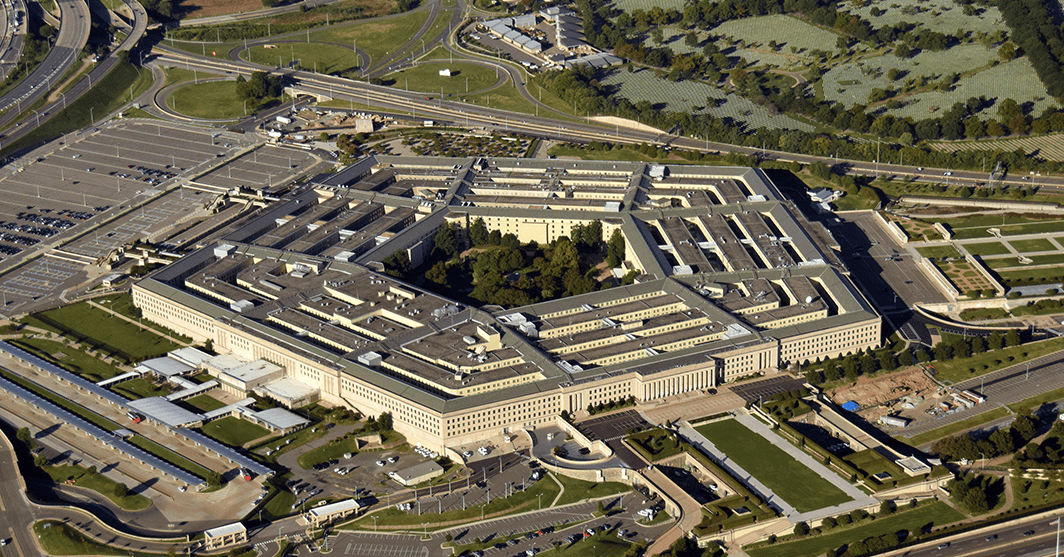On Dec. 27, 2021 President Joe Biden signed into law the $770 billion National Defense Authorization Act for 2022, which gives a significant funding boost to critical Department of Defense initiatives including adopting emerging technologies, bolstering deterrence capabilities and modernizing military fleets.
Of the NDAA’s total funding, $117.7 billion has been allocated to military research and development efforts, with a focus on identifying new science and technology breakthroughs. But what are the specific technologies being targeted with the newly approved funds, and how much progress has the federal government made thus far in these areas?
Here are the top three priorities driving defense R&D efforts in 2022:
Hypersonic Technologies
Hypersonic technologies can travel faster than five times the speed of sound, allowing for drastically increased speed, efficacy and range for air and missile defense capabilities. However, factors such as high cost and maneuverability limitations have posed challenges for the development, testing and deployment of these technologies within the Department of Defense.
The U.S. Army and Navy are currently developing two hypersonic weapons, the Long Range Hypersonic Weapon and the intermediate-range Conventional Prompt Strike capability. These weapons not only represent the development of U.S. hypersonic capabilities thus far, but they also pave the way for future innovations and iterations of long-range weapons.
Along this effort, the Navy tapped VTG for engineering services in support of the Conventional Prompt Strike program in September 2021, and the Army awarded Texas A&M Engineering Experiment Station with a $96 million contract to research hypersonic systems the following month.
The 2022 NDAA signed in December 2021 boosts funding for the Navy’s Conventional Prompt Strike program by $124 million more than the requested amount, bringing the total funding for the program to $1.5 billion. The Navy plans to add this system to Zumwalt-class destroyers in fiscal year 2025.
Additionally, the defense spending policy measure approved the full $412 million for the Army’s LRHW program and the additional batteries it requires.
Other R&D efforts include $25.5 million in grant funding, awarded to 18 teams spanning science, academia and industry to conduct applied research on hypersonic systems for the Department of Defense in October 2021.
Artificial Intelligence
The recent military spending bill also authorized a $3 billion increase in available funding for science and technology research and prototyping programs involving artificial intelligence, among other key areas.
Heidi Shyu, the Department of Defense’s under secretary of defense for research and engineering and a previous Wash100 Award recipient, recently named artificial intelligence as one of the 14 technologies on the DOD’s list of top research and development priorities.
However, Shyu explained that the growing focus on these critical technologies must also include a notable emphasis on the research, development and deployment of trusted, secure AI architectures.
“Industry is spending billions of dollars on AI ML [machine and learning] and billions on autonomy,” Shyu said. “What I want to do is make sure we converge on trusted AI ML, trusted autonomy… In my mind, we have to drive towards affordable, attributable, survivable unmanned platforms.”
Recently, DARPA released for public use its Guaranteeing Artificial Intelligence Robustness to Deception initiative which provides users with tools for assessing AI and machine learning defense and resilience capabilities against potential adversarial attacks.
The Department of Defense also stood up the Office of the Chief Digital and AI Officer in December 2021, representing the Pentagon’s increased commitment and dedication to AI advancements.
Quantum
On the cusp of the second quantum revolution, government agencies and their industry partners are accelerating research and development efforts for quantum technologies that have uses in civilian, federal and military applications.
The National Quantum Initiative Act signed in December 2018 was created to support quantum research and development programs to bolster the nation’s economic and national security. In 2020, the Department of Energy invested a total of $625 million in Quantum Information Science Research Centers.
Today, quantum remains at the forefront of the Pentagon’s R&D priorities as global quantum competition intensifies. The 2022 NDAA recently approved a $1 billion funding increase for DARPA’s “high-risk, high-payoff” research of quantum technologies.
In November 2021 DARPA awarded BAE systems with three contracts to develop a quantum sensing approach that can help augment U.S. military antennas.
The merger between Honeywell’s quantum solutions business and Cambridge Quantum also represented strides in what is anticipated to be a $1 trillion industry. Through the business combination, Honeywell’s System Model H1 achieved a quantum volume of 1,024 – the highest measurement recorded by a commercial quantum computer.


To hear more about the most imperative technological focus areas, acquisition reform strategies and R&D priorities influencing the Pentagon today, join the Potomac Officers Club for the platform’s 8th Annual Defense R&D Summit on Jan. 19.
Heidi Shyu, undersecretary of defense for research and engineering; DARPA Director Dr. Stefanie Tompkins; Amanda Toman, acting principal director for 5G to Next G Initiative at DOD; and Defense Innovation Unit Director Michael Brown will deliver keynote addresses during the half-day virtual summit to discuss how government agencies and their industry partners are working to ensure the technological and tactical dominance of the U.S. in the modern defense landscape.
Visit PotomacOfficersClub.com to register for the 8th Annual Defense R&D Summit.







